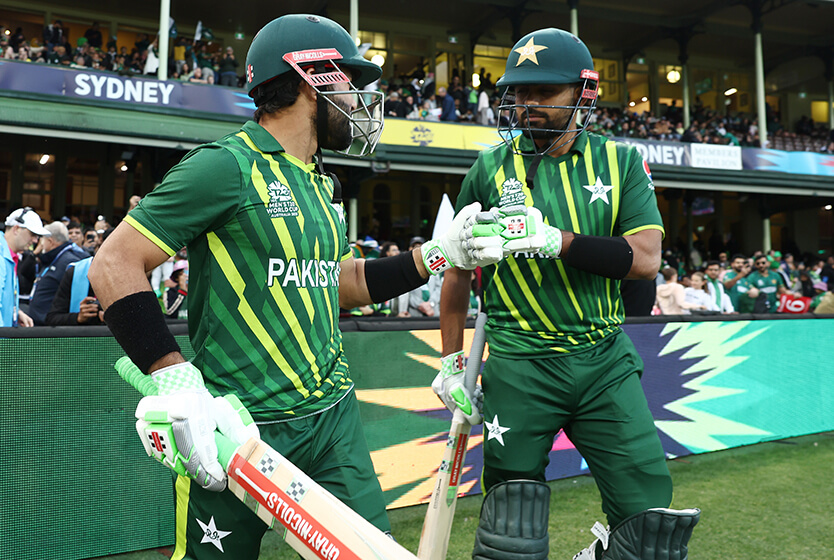
Powerplay Paradigm Shift: Charting a New Course for Pakistan’s T20I Opening Pair
Teams are gearing up for the T20 World Cup in 2024, sparking discussions about Pakistan’s opening pair selection. Chief Selector Wahab Riaz has chosen five opening batters for the upcoming T20I series against New Zealand, even though Babar Azam and Mohammad Rizwan have been the regular openers for the past three years.
The focal point of the debate revolves around Pakistan’s approach during the powerplay, a critical phase in T20 cricket. Notably, since December 2020, Pakistan lags behind in powerplay strike rate compared to even West Indies, who did not qualify for the last T20 World Cup. Pakistan’s powerplay strike rate is 112.5 since December 2020.
The detailed analysis of the first four overs of the powerplay reveals that Babar Azam and Rizwan face a significant percentage of dot balls, with strike rates of 114 and 105, respectively. The overall six overs of the powerplay show that Babar’s strike rate is 117.6, with 42.6% dot balls, and Rizwan’s is 115.7, with 45.1% dot balls, indicating a considerable number of missed opportunities as Pakistan waste 21 powerplay balls on average. That means we are already playing 16.3 overs when the other team has 20 overs. So right from the start of the innings, we are way behind the target because you waste 3.3 overs of the powerplay when there are only 2 fielders outside the circle & it’s easy to find the boundaries and make quick runs, building pressure on the team for the next few overs to catch up.
Now, there is an argument to save wickets. But as T20 is a high-risk game, there is no guarantee that you will be able to cover the damage you’ve done in the powerplay. Moreover, in recent T20 games, we have seen teams lose 2 or 3 early wickets in the Powerplay yet still score big totals. A recent example was the 3rd T20I against NZ in Pakistan’s last T20I series at the Gaddafi Stadium; Pakistan were 6 for 65 after 13 overs, yet they almost chased down 164 in 20 overs.
Why is winning the powerplay so important? If you look at the last 2 ICC T20 World Cup’s knockout games, in the 2021 semi-final, Australia scored 52-1 in Powerplay; despite a fiery start by Shaheen, they didn’t slow down. When Shadab bowled well in the middle overs, they were able to recover as they got extra runs in the first 6 overs & eventually, they won the game.
Chasing 152 in the 2022 semi-final, Pakistan scored 55 runs in the powerplay and ended up winning the game and reaching the final. Meanwhile, India lost the Powerplay in the 2nd semi-final as they were 38/1, but England were 63/0 after the first 6 overs. England went on to win this match by 10 wickets. In the final of the T20 World Cup 2022, England did the same regardless of wickets and small total. They scored runs in the first 6 overs, won that game, and lifted the trophy.
Given these facts, the big question is whether Pakistan need to rethink their approach and maybe try a different opening pair to stay competitive in the fast-paced world of T20 cricket.
The opinions expressed solely belong to the writer and do not necessarily reflect the views of Grassroots Cricket.

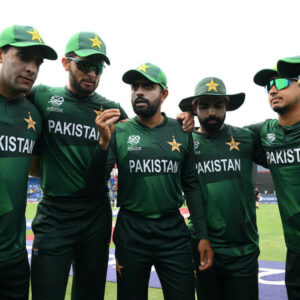
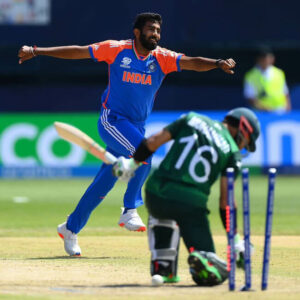
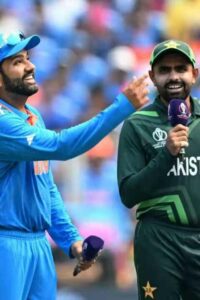


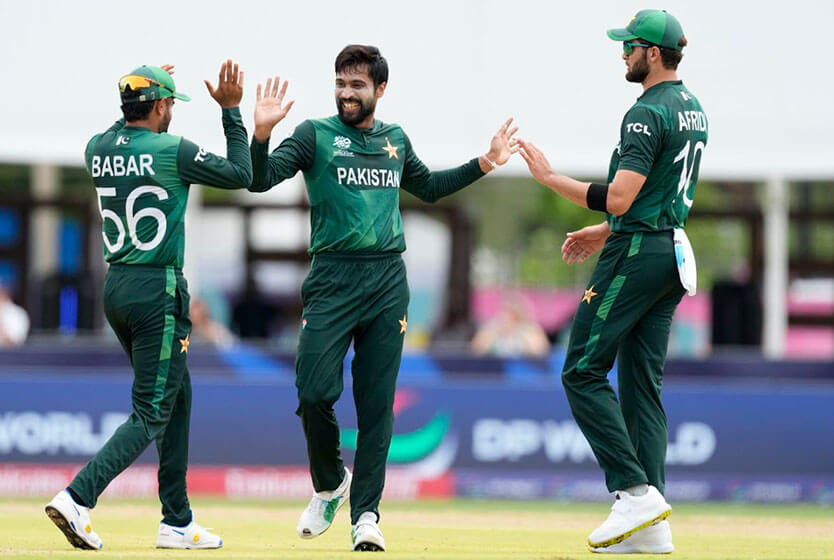
Babar fan
Aap babar bhai ko kaise criticize kar skte hain he has got 10 t20 centuries best t20 player after gayle. rizwan aur babar ki avg deko sab say best hai. saim aur harris ki avg dekho 17 and 14. agar dono apne best karein gye tu 31 runs bnein gye jab k rizwan and babar 90 runs kar skte hain. 31 runs say aap koi match nahi jeet skte.